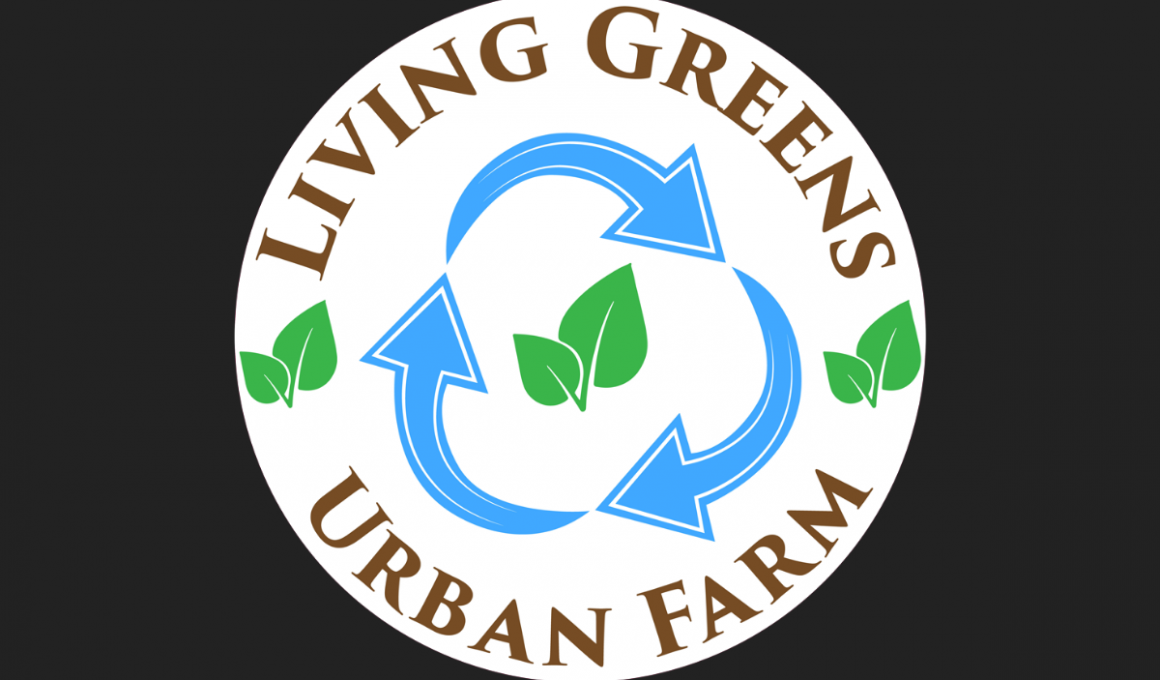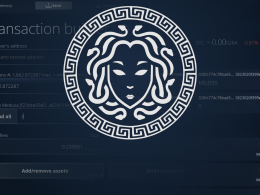There is a global food crisis. Supply chain problems are compounding the problem.
The spectacular increase in the price of food that has been registered worldwide since 2008, is what we generally call a food crisis.
For FAO, (Food and Agriculture Organization, UN) most of the causes are external to the mode of food production, since the increase in world demand for food is a consequence of population growth, climate change is a process generated by human activity, and bad harvests due to drought, pests, etc.
The economic recovery of the world, after the fall caused by the Covid-19 pandemic, has run into a huge obstacle: the increasing tensions in the global supply chain, which leads to an increase in prices, shortages of certain products, congestion in ports and job growth below expectations.
A DApp for Urban Farmers
The proposal is to develop a DApp, which helps urban micro-farms to operate, expand, and make it easier for community members to trade their products.
The primary users will be small urban farm operators, employing the vertical farm model of up to 10,000 square feet, to trade with their local community within a 20 mile radius of their location.
DApp functionality:
- Provide information on the construction of the system.
- Provide growing instructions for specific crops, adapted to the size of the available space.
- Provide an API to collect data from environmental systems and IOT sensors.
- Provide an API to collect harvest data.
- Provide a Machine Learning interface and human support to suggest improvements to environmental sensors and to improve harvests.
- Provide a community interface that allows nearby buyers to find active urban farms in their area and to order products.
- Provide complete traceability of food on the blockchain, automatically.
- Facilitate payments with ADAPay (when available) between the buyer and the farm, with the use of fiat money on ramp, and also for the farm to pay for the subscription to the services.
Action Plan
The team says it is developing the wireframe for the application itself, based on their knowledge of the industry.
They will use the local university design school to implement the UI (user interface) to achieve good UX (user experience) in continuous partnership.
Part of the funds requested from this Catalyst round will be used to pay participating students for their time developing the UI / UX.
They will create the necessary code to generate an NFT, which contains all the food traceability requirements in testnet, which will be integrated into the application.
They will build the necessary code to query the testnet blockchain, to show the food traceability standards. The second part of the requested funds will go towards paying the developer’s time to build these tools.
The future action plan will require additional funding from Catalyst rounds, or other means of funding.
They plan to open the beta version of the app to the top ten people on the waiting list. The idea is to have 10 active farms. Then, up to 5 additional farms will be added each month, until Hydra’s launch.
They will be attentive to the Hydra versions to experiment on testnet, modifying the code to use a native token, to build the application on layer 2.
They plan to release the application to the rest of the waiting list, after doing enough tests on layer 2 .
Certification of the application at the highest possible level will be sought, in accordance with the standards of IOG for DAppStore.
In a final step of evolution, they will build the DAO and the assets will be transferred to autonomous governance.
Roadmap
- Wireframe for application flow will be completed by the end of Month January 2022.
- UX design will be completed by the end of Month March 2022.
- UX design will be coded into the app by the end of Month May 2022.
- Implementation of Harvest data as NFT for traceability will be coded into the app by the end of Month May 2022 and testnet NFTs will be created from live harvest data in our reference farm.
Key Performance Indicators
By the end of July 2022, they intend to have at least 10 small farms in different regions that use the DApp for their management. These users for the initial tests, will further refine the experience of the systems and adjust the Machine Learning algorithms.
By the end of 2022, they propose to have the native token issued and the stake pool systems operational, depending on the Hydra functionality available to the mainnet.
They expect to grow by 5 new farms per month between July and the end of the year, controlling access to the system through a waiting list until Hydra can be deployed and tested in that environment.
By the end of 2023, they intend to move the system source code and management responsibility to a DAO, and allow the community to drive the future of the ecosystem through democratic action.
For the successful development and deployment of the DApp, the following required technical skills are identified:
- Adobe XD Operation
- React Native Programming
- Python Programming
- Plutus Programming
- Stakepool Operation
- Cardano API access (Blockfrost or Phyrhose)
- IoT Management
- Data Warehousing Operation
- Serverless Infrastructure Management
- Amazon Web Services ( AWS) SageMaker Operation
- AWS Infrastructure Management
Budget
The seed funding will go towards UX design and blockchain data logging.
- UX Design: USD 3,500 Blockchain
- Code: USD 1,500
Funds Requested: USD 5,000
Developers
Lloyd Duhon and Melannie Duhon are the team.
Lloyd Duhon is the co-founder and operator of Living Greens Urban Farm. 25 year IT veteran, CTO level experience. Cardano Plutus Pioneer 2nd Cohort.
https://www.linkedin.com/in/lloyd-duhon/
Melannie Duhon, co-founder of Living Greens Urban Farm. Degree in entrepreneurship and experience in retail management.
https://www.linkedin.com/in/melannie-duhon/
With over 25 years of IT management from one co-founder, and the entrepreneur title and merchant management experience from the other co-founder, they claim to have sufficient business knowledge to operate successfully, and hire the remaining development team as the project scales.
They recognize that the Amazon Web Services (AWS) infrastructure is not sufficient for true decentralization and hope in the future to access more decentralized tools, which will replace the current functionality available on AWS. Their goal is to decentralize the components as soon as possible.
Website: https://livinggreensurbanfarm.com
The original proposition at Catalyst: Urban Farmer dApp










